Soccer as a sport sometimes leaves spectators with a lot of unanswered questions.
If you regularly watch matches on television, you’re generally left to wonder what happens to the soccer balls when the 90-minute spectacle has concluded.
Because the broadcast cameras typically pan towards the coaches leaving their technical areas for the team dressing rooms, you don’t get to see where match balls end up once the fixture is complete and the stadium floodlights are turned off.
I’d even go as far to suggest that soccer games really resemble an orchestral musical performance, in the sense that viewers only get see the final presentation.
The fans – both those at home and at the ground – aren’t privy to all the things that happen behind the scenes, like the strenuous practice sessions and all the tiny instrumental adjustments.
So, I wanted to shed some light on what happens to soccer balls after games with a brief article write up.
I’ll start with the following synopsis…
Soccer balls end up at a number of different locations once matches come to an end. In most cases, the referee takes the match ball with them to the locker room, but if a player managed to score a hat-trick during the game, then the three-time scorer will take the soccer ball to their home residence as a souvenir.

Want to test your knowledge on soccer ball care?
Take the quiz by clicking the button below and see just how informed you truly are!
Note - You'll need to enter your email address to see the final results.
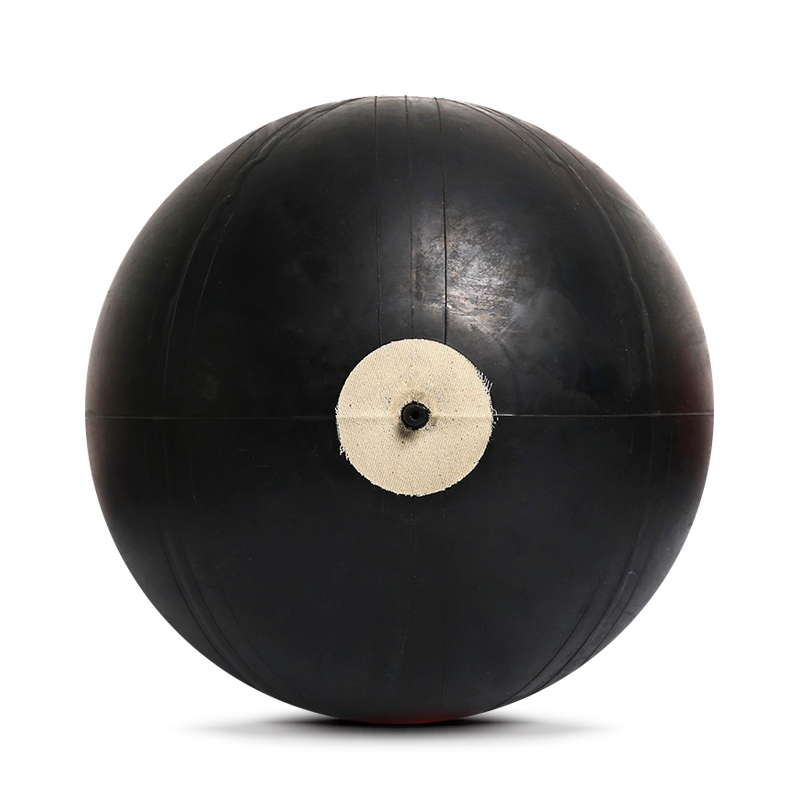


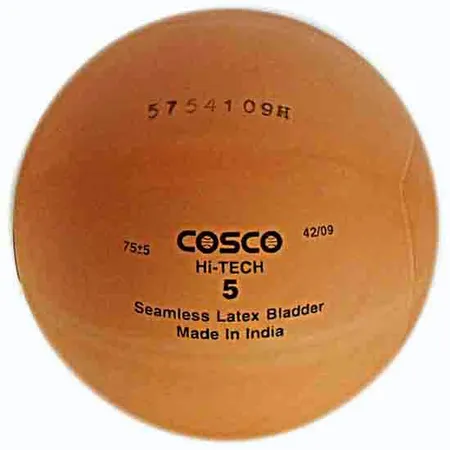




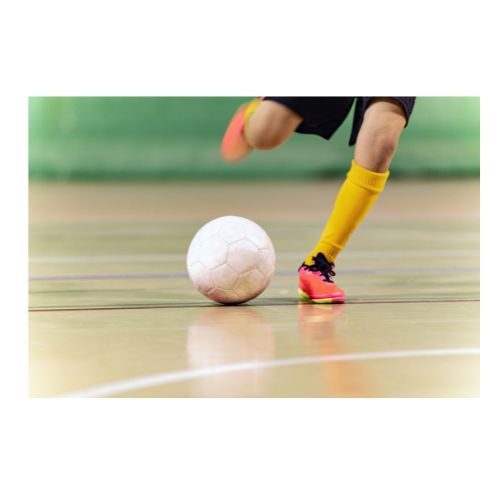
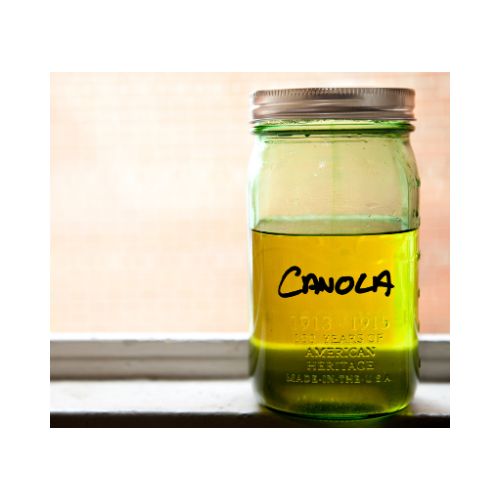







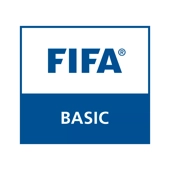






And that’s just the tip of the iceberg!
Read on to discover all the other places that soccer balls settle at once the full-time whistle is blown.
Where do soccer balls go after matches have concluded?
You’ll be quite surprised to learnt that a soccer ball’s journey path can be so diverse.
Because there are so many different parties involved in facilitating competitive soccer matches, these world-renowned objects make their way to destinations that you wouldn’t really expect.
Let’s now go through each of these in turn.
1. Referee locker rooms
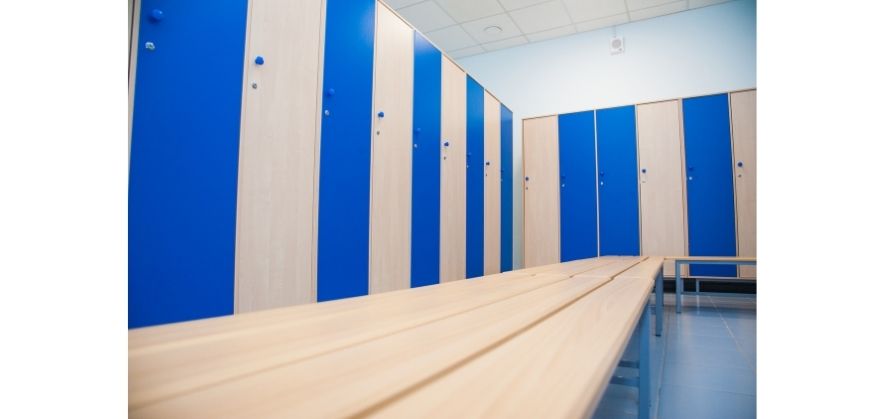
Match officials are the recognised keepers of soccer balls that are used for professional fixtures.
Once games culminate, you will either see them walking to collect the match ball that has been left on the pitch as players head towards the tunnel.
Or, you will notice a player pass the soccer ball to the referee stood within the centre circle of the pitch – accompanied by an assistant referee standing next to them on each opposite side.
If you’re someone who has watched a lot of match footage in your lifetime, then you know exactly what happens next.
The referee will then walk down the stadium tunnel with the soccer ball firmly in their grasp, although at this point the television broadcast has already diverted attention towards the upcoming punditry and match analysis that usually takes place after games.
So, as a viewer you don’t get to see the location where the referees take the match ball.
But it’s quite easy for spectators to deduce that referees take the soccer balls to the changing rooms, as this is the location where the match officials get to recuperate after games.
Inside these locker rooms you’ll typically find:
- Cabinets for referees to store their personal belongings
- Comfortable chairs or benches for the officials to rest on
- Food and drink refreshments
- Televisions or integrated music systems as entertainment for referees to enjoy prior to and after games
For example, Premier League referee Bobby Madley was able to showcase what officials do behind the scenes on match days.
In the hyperlinked article, you’ll see images of the referee’s changing area, which includes a number of things that I alluded to in the bullet points above.
Somewhere within that locker room, Mr. Madley may have a spot where he keeps away the soccer ball that was used for the fixture.
Ultimately, the way in which referees behave prior to and after games is all part of the final product that professional league associations and the world football governing body – FIFA – wish to display to physical and remote audiences.
2. Player residences
When a player scores three goals within the duration of a 90-minute game, they are generally given permission to go home with the match ball.
In soccer this is a tradition that has been in place for many years, and the act of taking the soccer ball home is more like a memento to commemorate a player’s outstanding achievement on the field.
I outlined the other reasons why players take the soccer ball after scoring a hat-trick in the article that I’ve just hyperlinked to.
If you’ve never seen this happen before, pay close attention to the television once the full-time whistle is sounded.
The player in question will go and collect the ball from where it had been left on the pitch.
Alternatively, the soccer ball would be handed to them by either the referee, a team mate or an opposition player themselves.
Here’s a short clip that highlights what happens when hat-trick scorers take the soccer ball after the conclusion of a match:
You can see that Martial had forgotten all about this tradition, as he was already walking towards the Old Trafford tunnel after his performance in a 3-0 victory over Sheffield United.
Eventually, the thought crosses his mind and he walks over to the referee to collect the soccer ball!
Once players go home, they’ll usually store the soccer ball in a trophy cabinet or a transparent wall unit (casing) that can be showcased to house visitors.
3. Charity organisations
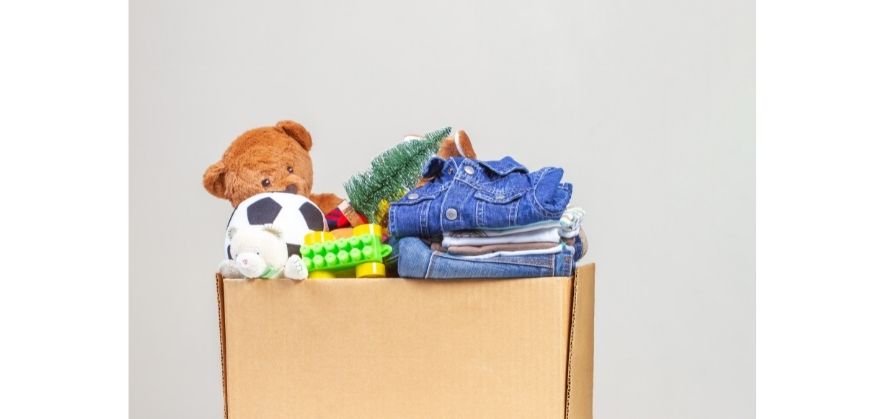
Sometimes, professional football associations participate in helpful community initiatives that get the game talked about in a positive light.
This includes donating used soccer balls to charity organisations who exist to help the less fortunate and those living in impoverished nations.
You’ll find a number of charities that rely on the efforts of soccer players and officials, including:
So instead of recycling your soccer ball; letting your dog play with it or giving it away to a friend, consider donating it to one of these organisations as someone who really needs support can benefit from it.
4. FIFA museum
Yes, you read that right!
FIFA has a facility that it operates in Switzerland, containing several exhibits, photographs, books and texts that symbolise the sport’s immense heritage and culture.
This is the place where the sport aims to connect its fans with some of the most significant pieces of memorabilia and historical artefacts, thereby strengthening people’s appreciation for the game.
Quite interestingly, The Guardian quoted a FIFA spokesperson who was asked where the 2014 FIFA World Cup soccer balls went after the tournament concluded.
Here’s the response:
“The balls are used after a tournament for souvenirs for the teams and referees, host cities, FIFA partners and the FIFA museum…”
So, if you take a trip to visit this museum you are bound to find some World Cup soccer balls on display.
5. Fans in the stands
In the same way that a player can take a soccer ball home as a souvenir after a game if they score a hat-trick, a fan can get extremely lucky too.
You’ll sometimes witness players deciding to give the match ball to a fan situated in the stands, even though the spectators themselves generally aren’t allowed to keep soccer balls that are kicked towards them.
However, this rarely happens and the item that a fan usually gets gifted by a player is their jersey instead.
What happens to the soccer ball after a Premier League game?
Earlier on in the article I gave you a bit of a glimpse into the life of Premier League referee Bobby Madley.
His account suggests that the soccer ball used for a competitive league fixture gets taken to the locker room of match officials, after which I’d assume it would transfer into the hands of a Premier League association employee who would be responsible for storing it in a vault or dedicated area.
But that’s just a piece of my own thinking on what happens!
Due to the fact that there isn’t any official documentation to tell us what they do with the Premier League soccer balls, we can’t really know for sure.
Do match balls get reused?
In my opinion, it would be almost insane to throw away a soccer ball that is in a perfect or decent condition.
Because ball maintenance is relatively easy to perform – all you’d need is to keep it well inflated with a soccer ball pump and give it a good cleaning – I’d wager that match balls are reused for other competitive fixtures as well.
However, it would be extremely difficult to differentiate a reused soccer ball from a new one, because competition rules stipulate that each ball should look and feel the same as its counterpart.
Closing thoughts
In summary…
Soccer balls are either taken home by players who score hat-tricks; donated to charity organisations; stored in referee locker rooms; kept in a FIFA operated museum, or in rare cases gifted to fans in the stands after matches.
Any one of the aforementioned outcomes is entirely plausible.
So, get yourself one of the best soccer balls available to buy, then go ahead and enjoy all the intricacies of the beautiful game!
If you enjoy the content that I create and would like to buy me a coffee, then I’d really appreciate it!
Any money that I earn through this donation will be re-invested into more content for this website.
Additionally, by sending in a donation you’ll also receive a copy of my recently released 190+ page eBook on Soccer Ball Care, as well as be subscribed to our mailing list where you’ll be regularly informed on the latest developments concerning the Soccer Whizz blog.
- Future Icons: Europe’s Emerging Midfield Maestros Set for Glory - December 4, 2023
- Kickstarting a Revolution: How Soccer Transformed the United States Over the Last Four Years - October 7, 2023
- 4-1-4-1 Soccer Formation [Analysis] - September 23, 2023

